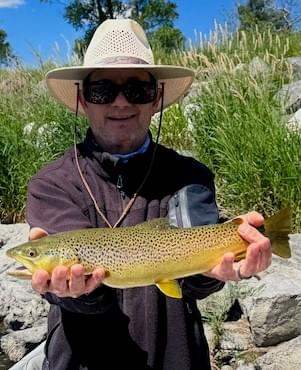

Un-complicated fly fishing experiences™
Across the Driftless Regions of Wisconsin & Minnesota
Since 2021, we've helped hundreds discover the
fun and freedom of fly fishing.
Our all-inclusive experiences strike the perfect balance between thoughtful instruction and relaxed adventure. Whether you're new to fly fishing or looking to grow your skills, we’re here to help you build confidence, connect with the outdoors, and begin a journey that can last a lifetime..

Ways to get on the water






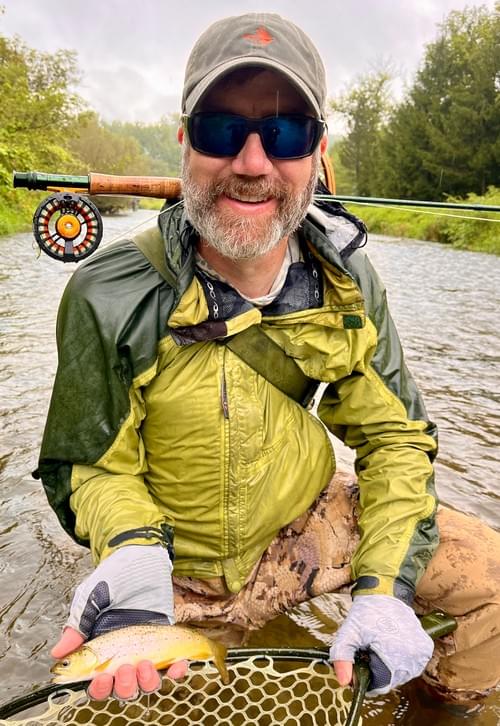

Beginner's Journey for One or Two
Ready to try something new? This beginner-friendly fly fishing class is designed just for you—no experience needed! We’ll guide you through every step with structured instruction, all the gear provided, and plenty of time fishing right in the water.
4-hour experience starting at $349/person and just 1 hour from the Twin Cities, set on the stunning Rush River—one of Wisconsin’s iconic Driftless rivers. Perfect for a weekend getaway, a solo adventure, or a fun day out with friends!View more details...Book Now




Refresher Session for One or Two
You’ve got the basics down — now it’s time to make the river your own. Our Refresher Sessions are designed for anyone ready to spend more time on the water, sharpen their cast, and explore new rivers across Minnesota and Wisconsin.
Flexible & Affordable: Pricing starts at $174 for 2 hours — with the option to add more time as your schedule (and budget) allows.
Close to Home, Far from Ordinary: From the Twin Cities, you’re never more than two hours away from a fresh stretch of river — and some are less than one. Choices include the Rush (WI), Kinnickinnic (WI), Willow (WI) or White Water (MN) rivers.
Made for Progress: Less about “lessons” and more about experience: trying new water, testing your skills, and building confidence in every cast.View more details...Book Now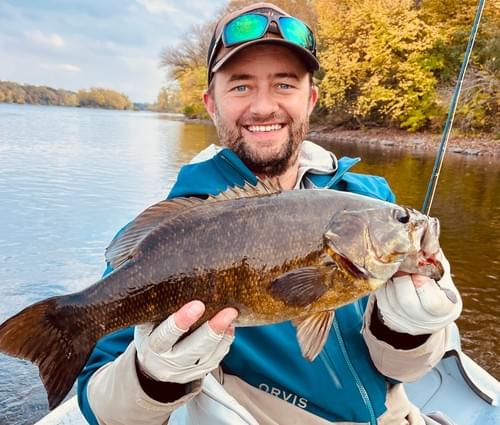
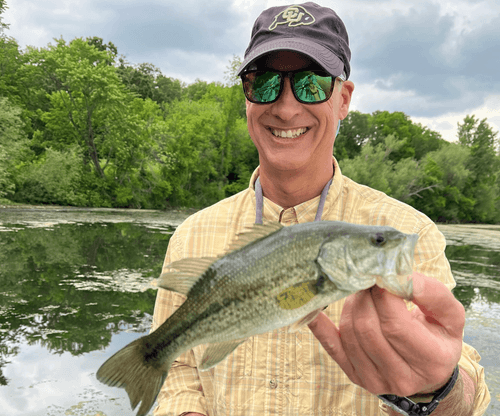





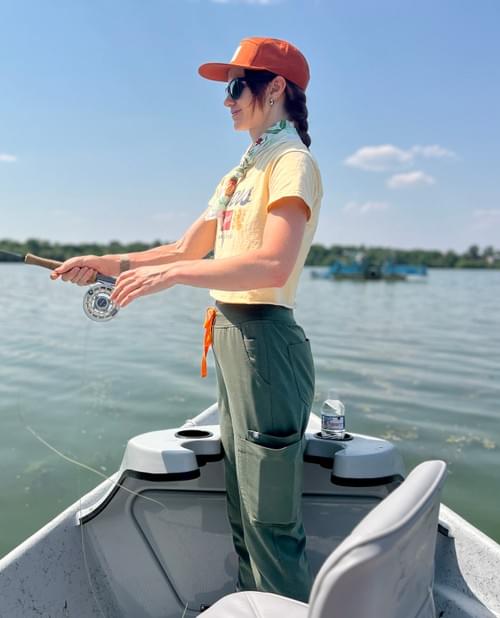
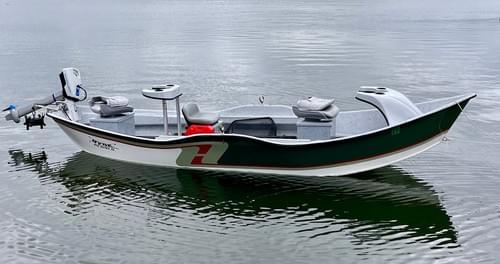
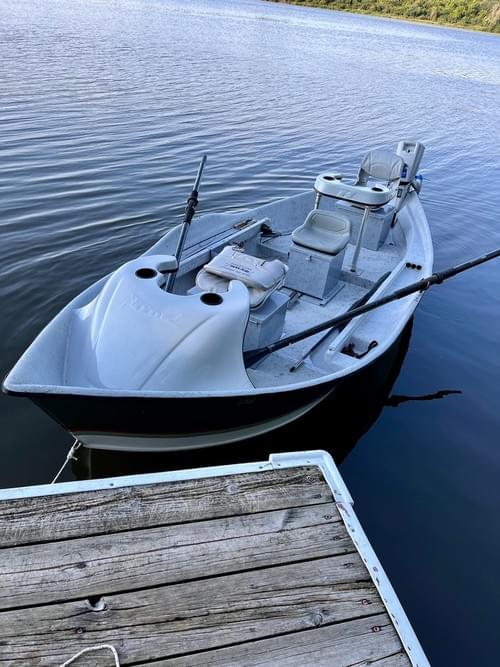

Drift-boat Adventure for One or Two
If you’ve got the basics down and want to explore new waters, this warm-water fishing adventure in a driftboat, is the perfect next step. Target bass, panfish, and pike with guidance from experienced instructors—all in a relaxed, safe and comfortable setting.
$349/person for a 4–5 hour outing
Launch from the Upper Mississippi (about 45 minutes from the Twin Cities) or stay closer to home with laid-back local lakes - some just 15 minutes from downtown Minneapolis.
This is a comfortable, low-pressure way to get outside, build confidence, and connect with nature—whether solo or with friends.View more details...Book Now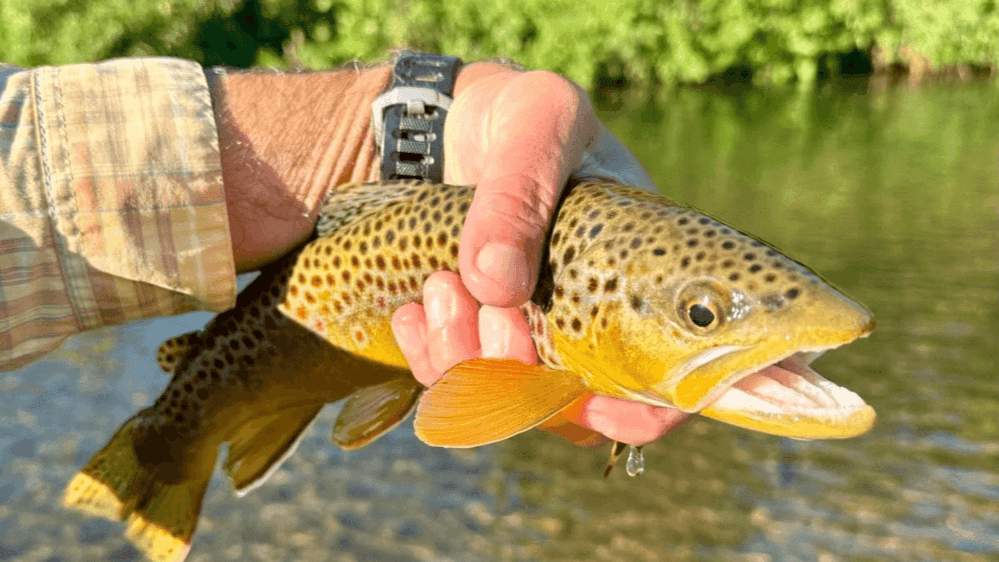





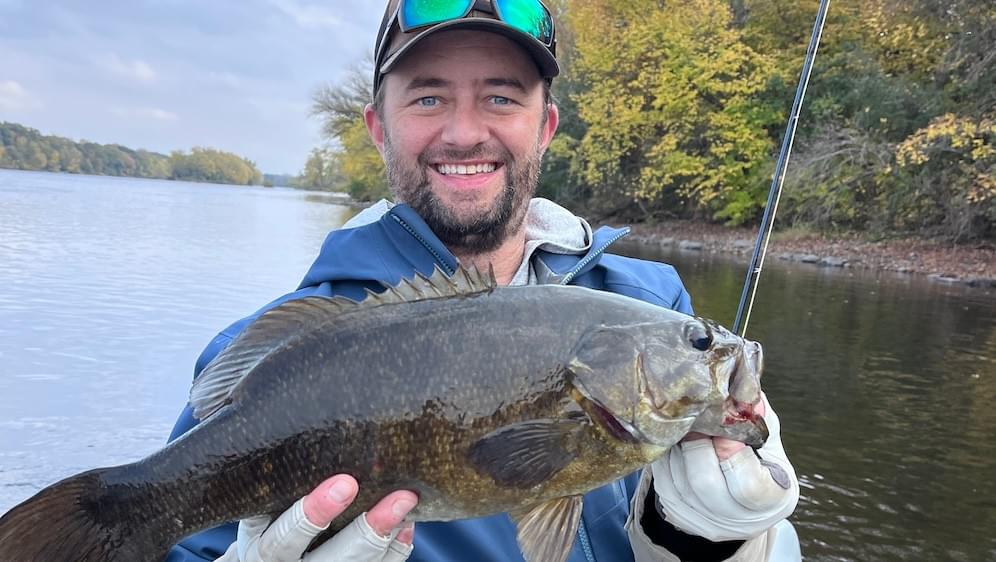




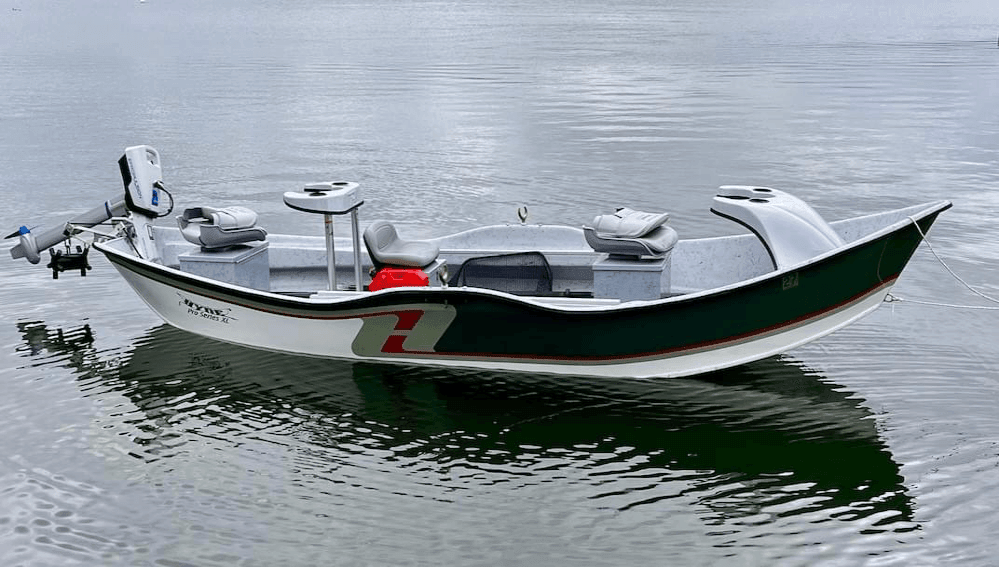
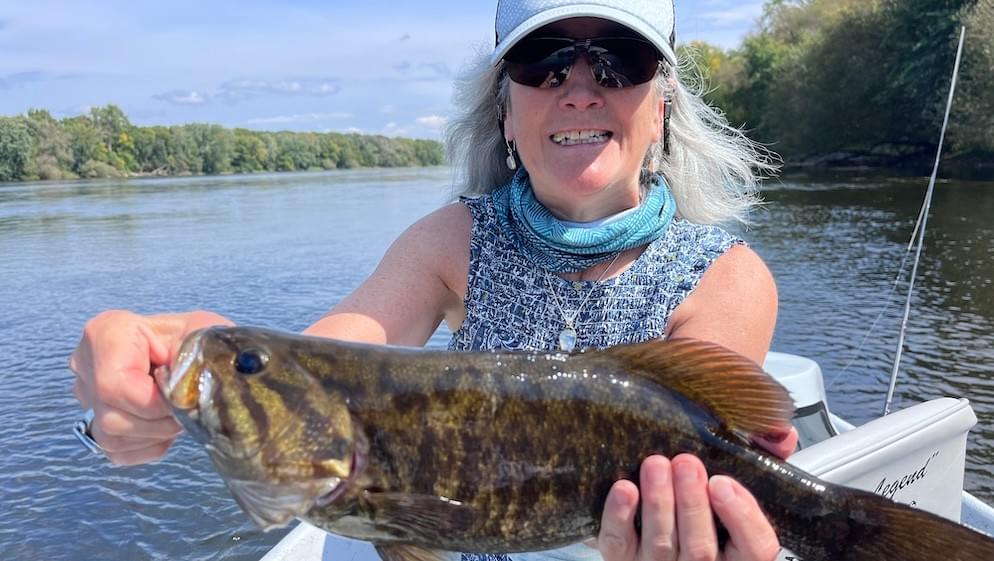
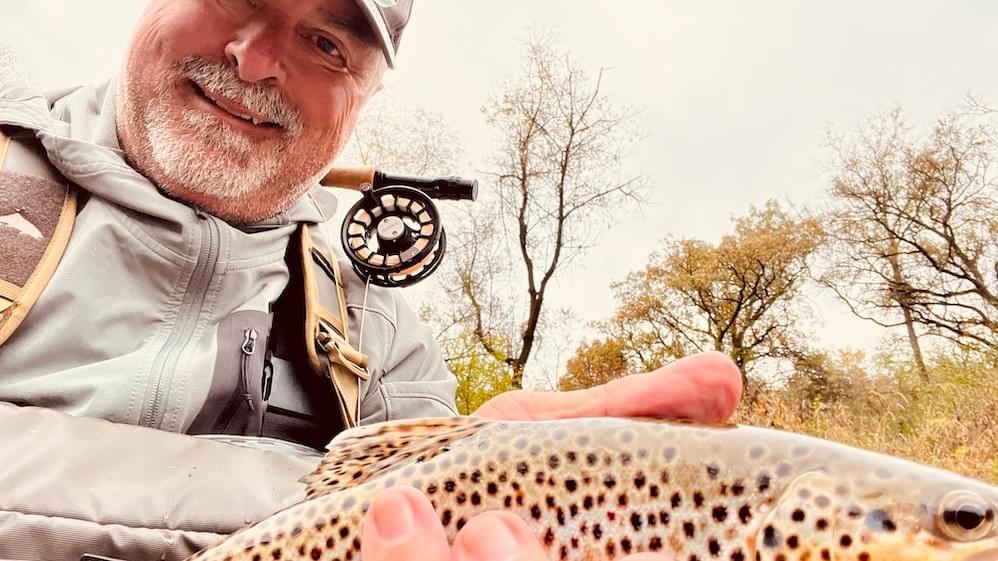
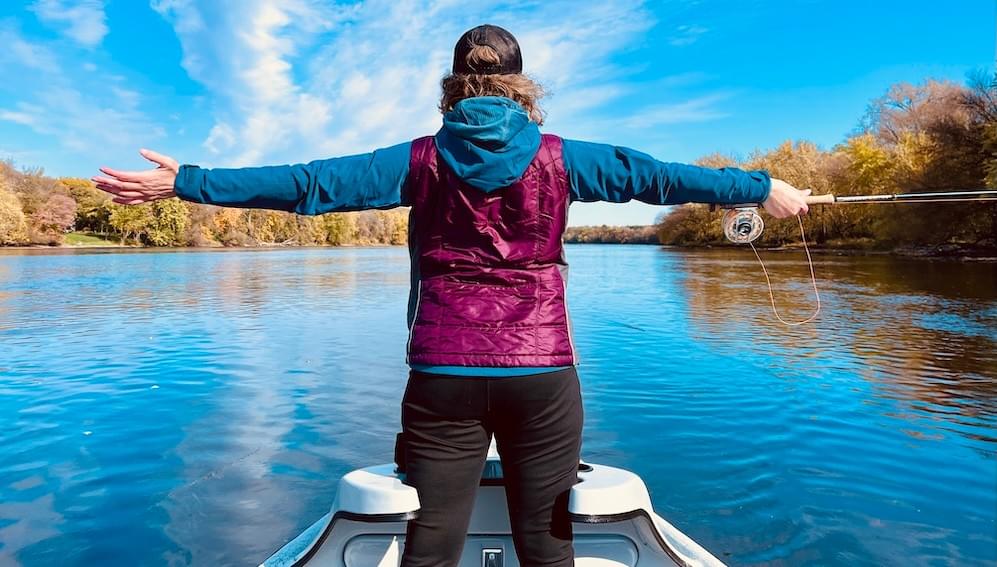
Uncommon topics to read
December 6, 2025November 26, 2025November 21, 2025November 18, 2025November 5, 2025October 29, 2025October 24, 2025October 8, 2025September 26, 2025September 11, 2025September 9, 2025September 9, 2025September 9, 2025September 9, 2025September 9, 2025September 9, 2025September 9, 2025Down-to-earth team
People who love fly fishing —and helping you too

Mark Walinske
Mark has fly fished for +50 years, traveling the U.S. for fresh and saltwater catches. Lately, he helps beginners in MN and WI rivers, especially with their first trout or bass. His calm nature puts everyone at ease.

Jeff Donegan
Jeff has fly fished for 30 years and mentors youth through the Lake Superior Steelhead Association. A North Shore expert, he’s also guides in Alaska. His relaxed style is a welcomed approach by beginners.

Carrie Cremin
A Wisconsin native, Carrie has explored local waters for nearly 20 years, though she first waded in Wyoming. Fly fishing fuels her love of learning. She enjoys helping others discover the sport.

Kristian Koenig
Kristian fell in love with fly fishing 20 years ago while working in the Colorado Rockies and began guiding in Estes Park. Now in Wisconsin, he chases trout, smallmouth, and musky when not teaching kids.

Phil Nordberg
Phil discovered fly fishing 25 years ago on Oregon’s Deschutes River. Since then, he’s fished trout and bonefish across the U.S., Bahamas, and New Zealand. His experience and passion for teaching are a great fit for beginners.

Mark Parrish
Mark got “hooked” on fly fishing 20 years ago in Colorado. Despite a busy real estate career, he always finds time for it. His passion is contagious, and he’s incredibly patient with new learners.

Thomas Kalgren
Tom has been fly fishing for over 20 years across the Minnesota Driftless region, the western U.S., and the Florida Keys. He teaches beginner fly casting through Trout Unlimited events and introductory programs and is passionate about welcoming new anglers to the sport.
Connect with us
Name *Address *Select country/regionEmail *Phone *Reason To Connect *Select an option
© Margo+Lola 2021 all rights reserved.



























